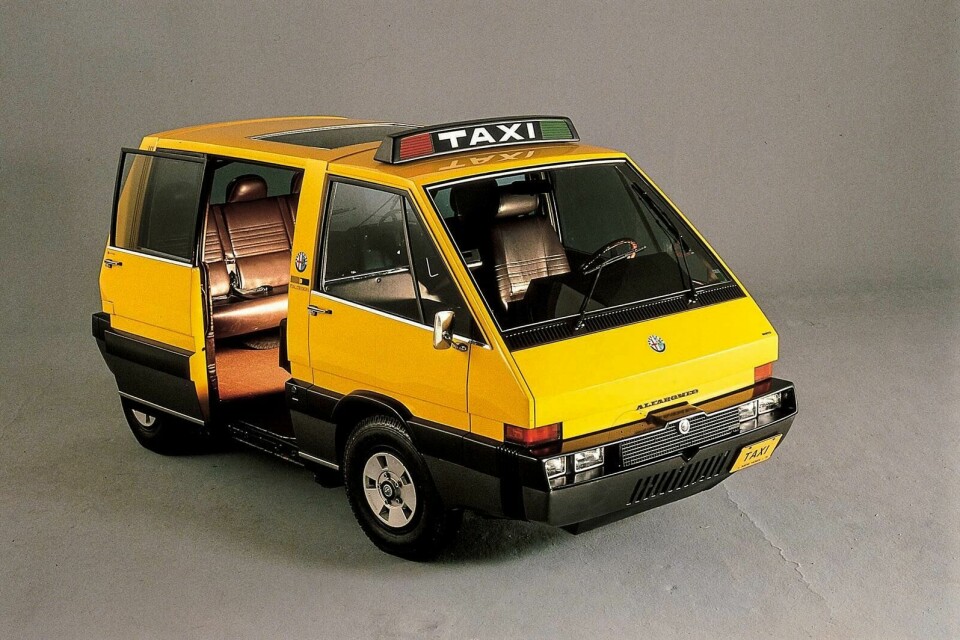
Concept Car of the Week: New York Taxi (1976)
The seminal monovolume that spurred on Giugiaro’s most creative period
In the mid-1970s, New York’s Museum of Modern Art began a project that searched for new solutions to replace the city’s oversized, cramped and inefficient fleet of taxis. Giorgetto Giugiaro was one of the designers who took up the challenge and with it began a new chapter in his work.

The criteria laid out were:
- To produce with the cooperation of the automobile industry, at reasonable cost, a taxi vehicle which would better serve the needs of the taxi industry, the drivers, and the passengers;
- To propose an expanded role for taxis as a supplement to existing mass transportation, in response to the need for an alternative to conventional transit and the private automobile;
- To demonstrate “paratransit” vehicles – taxis, jitneys, dial-a-rides, subscription services, etc. – are vital to the community in terms of the economy, the environment, and the conservation of energy, as well as efficiency and convenience.
Giugiaro had long been concerned with maximising interior space within a set footprint, which resulted in the extremely space-efficient Alfa Sud and Volkswagen Golf, but his 1976 New York Taxi design took this to new heights.

At just four metres long, the Alfa Romeo-based taxi was a metre shorter than the conventional taxis of the time, yet while they could squeeze in two or possibly three passengers, Giugiaro’s design could take up to five passengers and also incorporated a retractable ramp to allow wheelchair users aboard.

“The New York taxi is important because it’s a product for a service, not sold to private customers,” said Giugiaro of the project. “I decided to use an Alfa Romeo chassis to have a flat floor, sliding doors, and higher seats so that the baggage could be stored underneath, and it had the ability to be used by disabled people. An idea similar to the London Taxi, revisited in a more functional context.”
Giugiaro undertook exhaustive research into ingress and egress, refining the ideal H-point of the occupants as well as experimentation with door arrangements, the final design featuring sliding doors on each side.

Its exterior design was very much riding the wave of the angular trend of the time in which the soft, full volumes of the 1960s made way for flatter surfaces with sharper intersections. Today it looks relatively unremarkable, but at the time the idea of a tall, short monovolume with very generous glazing was completely alien. This, remember was well before the Chrysler Voyager, Renault Espace or Nissan Prairie.

The advantages inside were clear to see, with easy, step-in entry, lots of space and superb vision through the deep glazing as well as a glass roof that allowed passengers to gaze up at the city’s famous skyscrapers.
Following this project, Giugiaro’s research into space efficiency continued apace and resulted in such seminal designs as the Lancia Megagamma, Fiat Panda and the Capsula.

The New York taxi demonstrated the duality of one of the world’s greatest car designers – a man who has created everything from form-exploring supercars to pragmatic mobility solutions. And it all started with a brief from MoMA.




